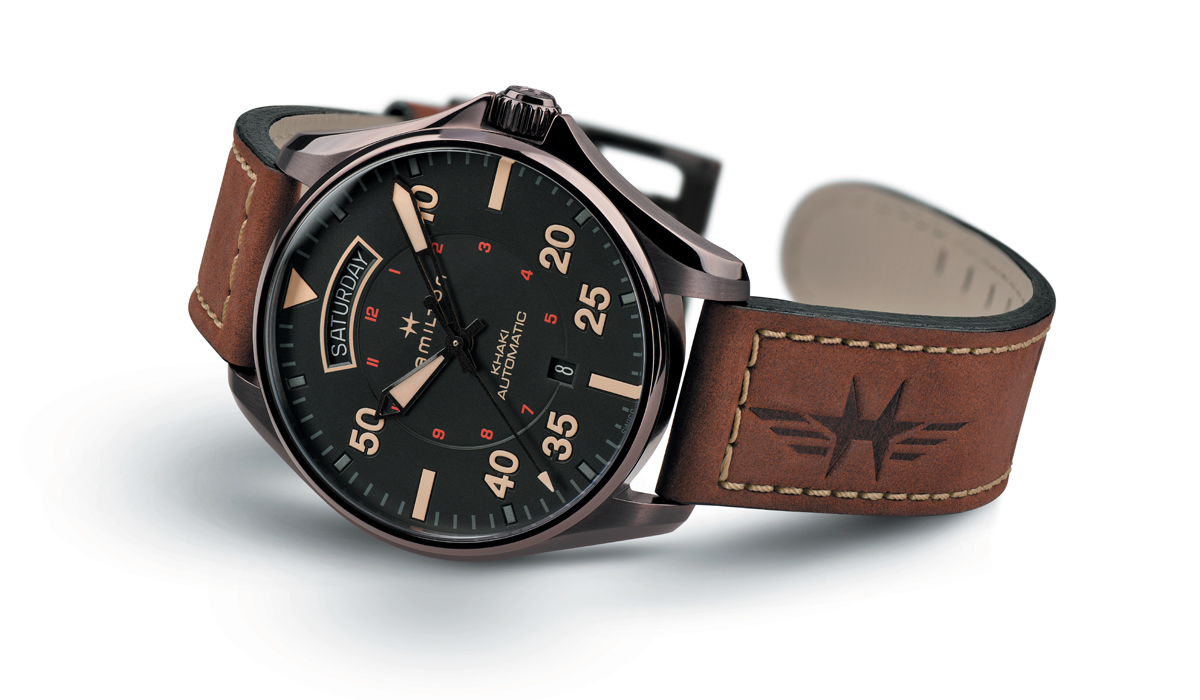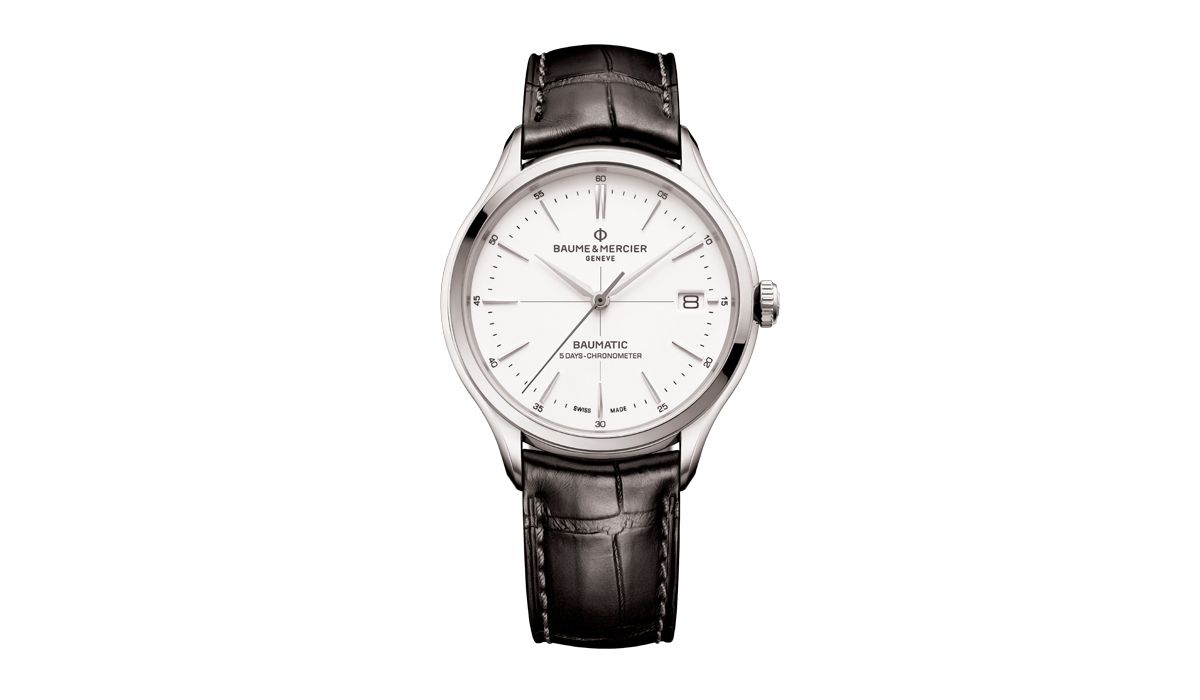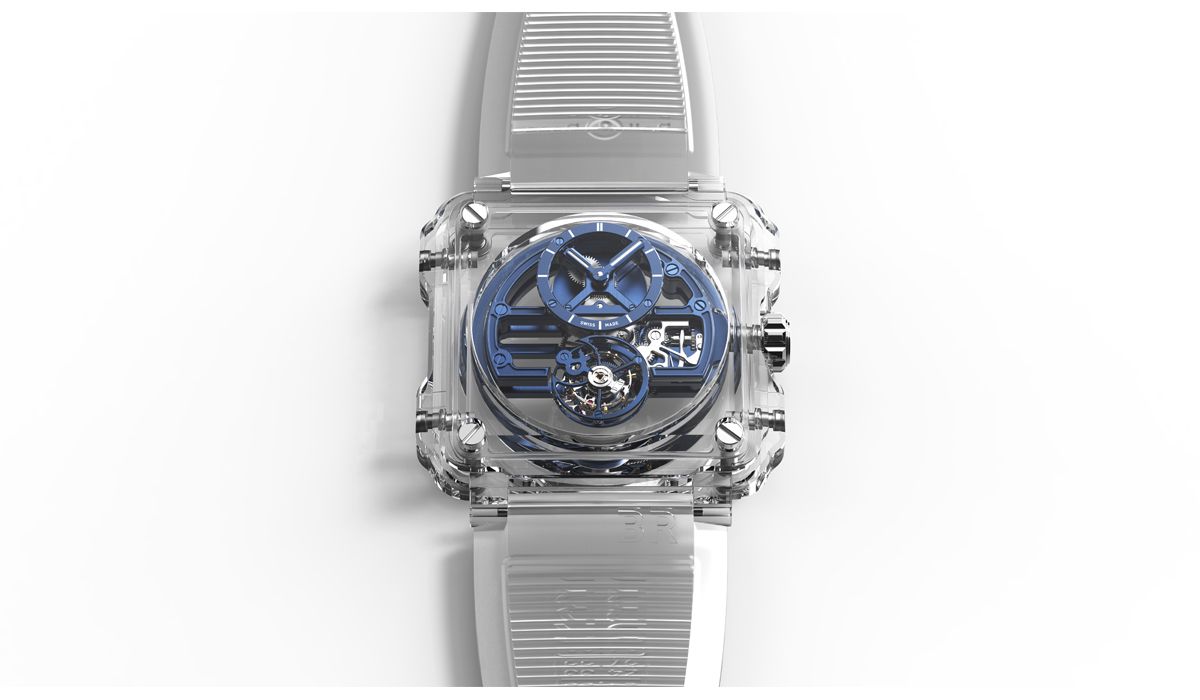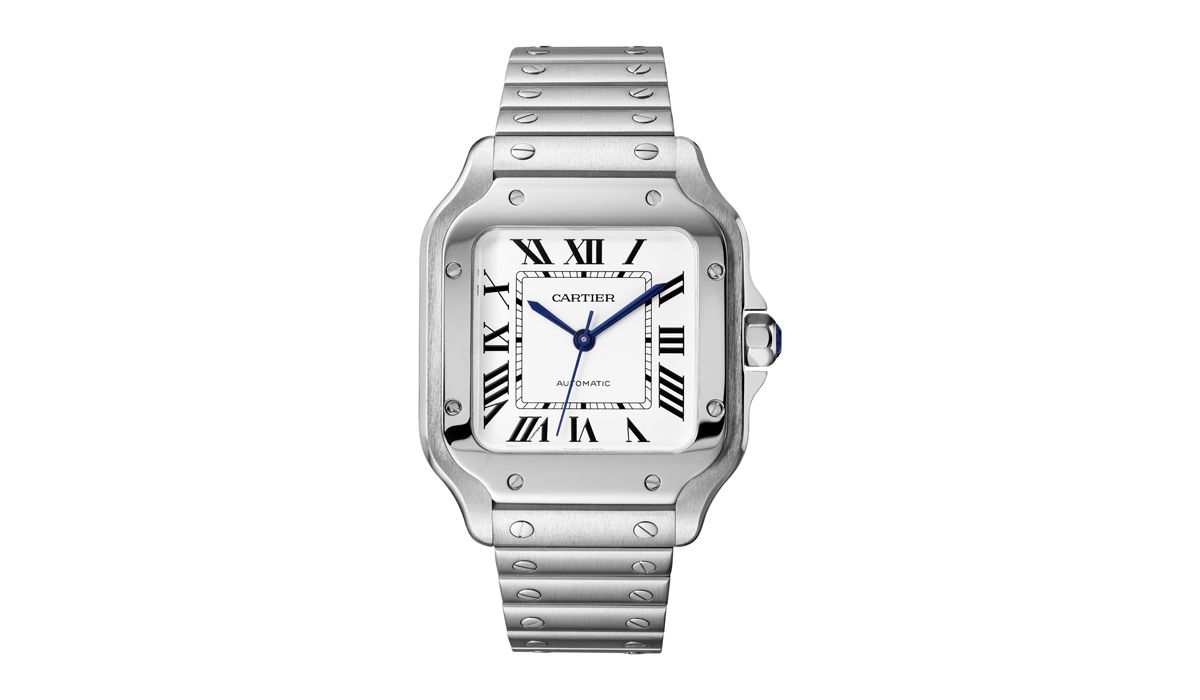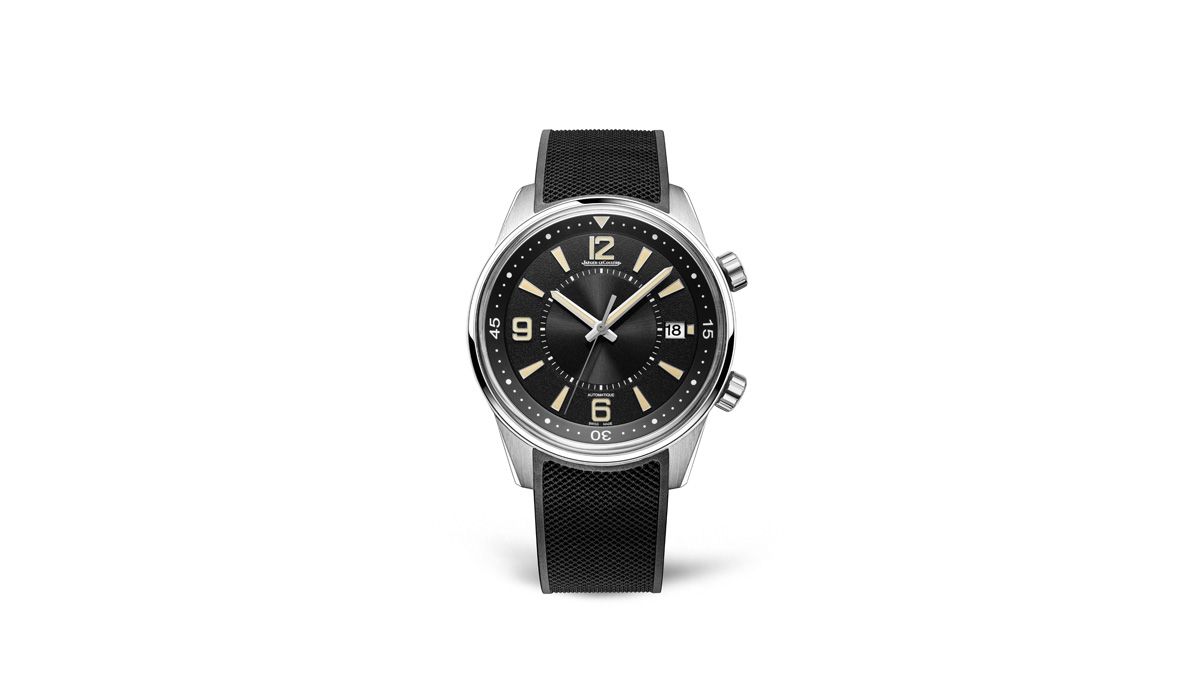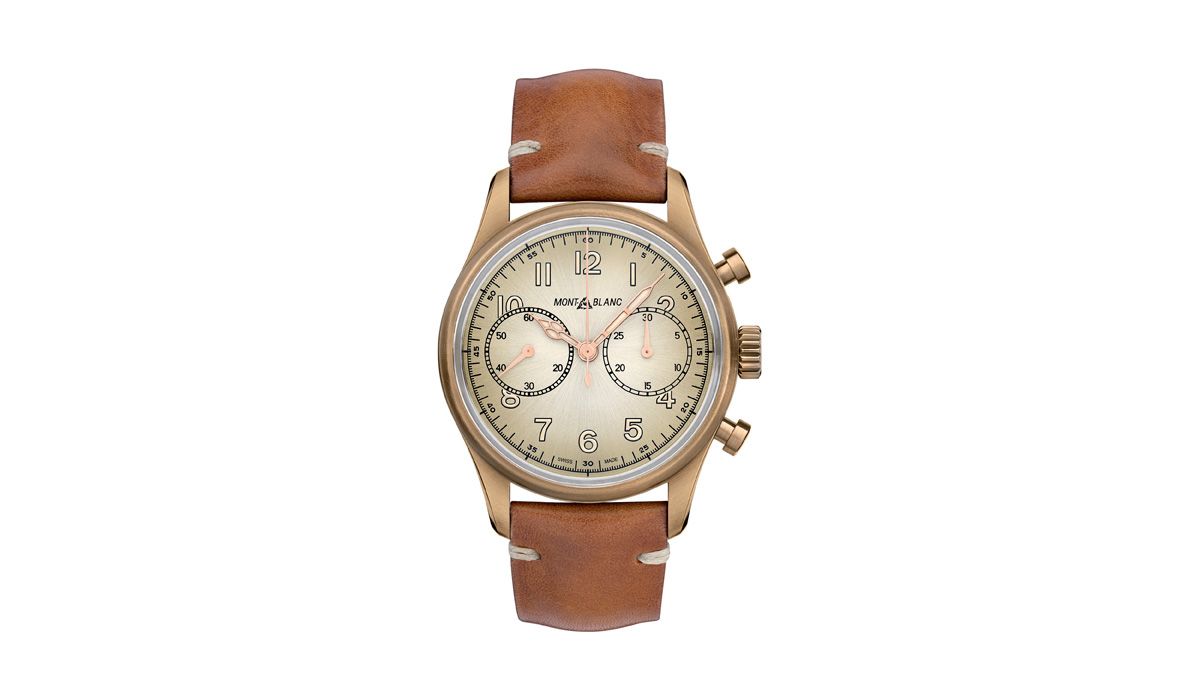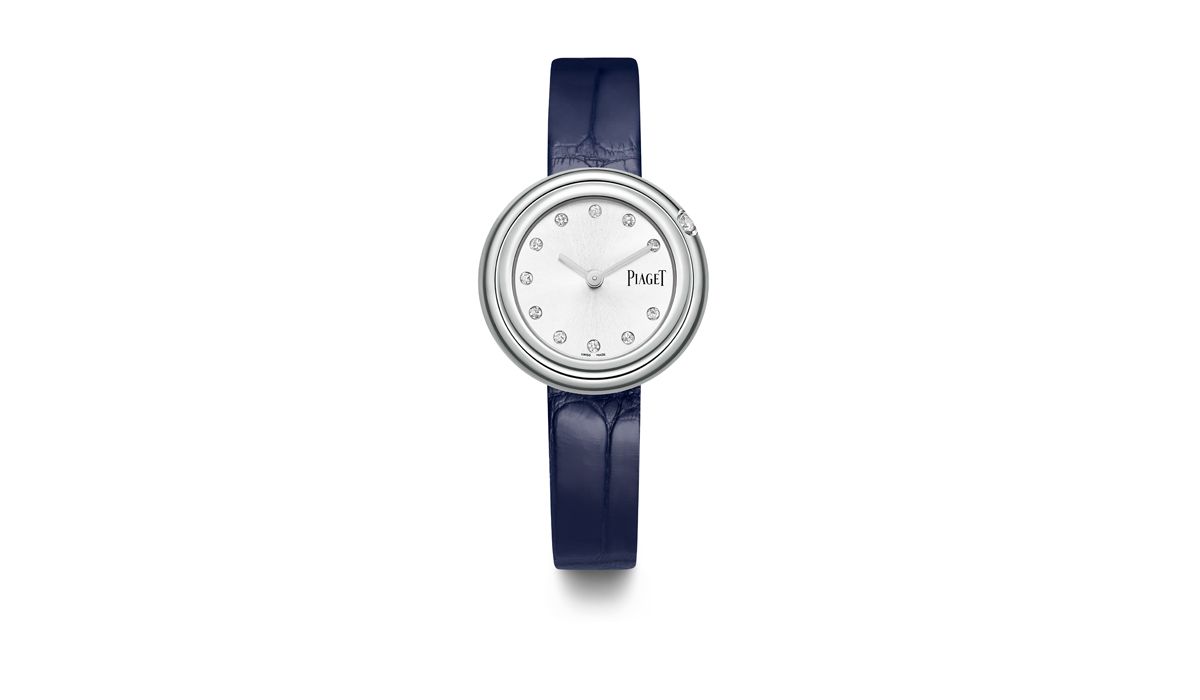Digital world: The New Watches' Frontier
Since the thirteenth century, Swiss watches have made a name for themselves throughout the world traveling literally by land and sea. Today, the digital world is the new frontier on the market for Swiss watches
For a few years now, it’s been all about e-commerce, in other words, buying online in the boundless digital 'mall.' This has begun to change the attitudes and the mentality of consumers quite a bit. It is also true that, at least for the moment, consumers are still resistant to buying some types of products online. And one of these product types is most definitely watches. Or at least watches that are part of the luxury realm. Traditionally, brands in the watch market have subdivided products based on their respective price points, with ranges conventionally defined as low, mid, upper and high-end. While, for the first two segments, the new digital commerce 'gateway' has quickly established itself as the top sales point in terms of volume, for hard luxury, it’s the complete opposite. Unsurprisingly, a new Gfk study done for Assorologi (Associazione Italiana Produttori e Distributori di Orologeria) highlighted how, in our country, the web already moves almost one-third of products in the low-to-mid-end markets. However, according to most analysts, only about 4% of high-end watches are sold online worldwide. And, for Italy, this percentage is even lower. So it only natural that, in this unbalanced scenario, brands are adopting equally disparate strategies. However, there is one thing that everyone agrees on: today, it is absolutely necessary to have an e-commerce site, if only for marketing purposes. Those brands able to see the big picture, such as Cartier, established a dominant position on the market about ten years ago, while other brands like Montblanc, Jaeger-LeCoultre and Chopard arrived shortly thereafter. Others, such as Omega and Officine Panerai, have established an e-commerce strategy more recently.
The U.S. and China serve as test markets for all these brands. These markets have been chosen because they are rightly seen as being more open to new technologies and digital payment as well as for how vast they are in a geographical sense, meaning that traditional widespread distribution is more costly and more complicated. Another recent trend includes a different approach: relying on famous luxury e-commerce platforms known for their proven reliability. Like Farfetch, JD.com, Net-a-Porter and Mr Porter. The last two are part of Yoox Net-a-Porter, and, incidentally, the Richemont Group recently took full control of the company, buying the remaining share for 2.7 billion. These are established portals that don’t require enormous investments and that have, as one of their many advantages, the ability to sell worldwide. And that includes Italy, a country that, as we’ve mentioned, is not usually taken into consideration because the market is still not mature enough. Actually, it could be said that there is great respect for the culture of watches, and therefore, consumers are not willing to enter into a watch purchase lightly and “blind” because this is an object that, due to its nature, needs to be touched, analyzed and worn. But as e-commerce slowly makes inroads (Iwc, Longines and Bulgari should launch online stores by year’s end), it should become a useful complementt to conventional retail.


